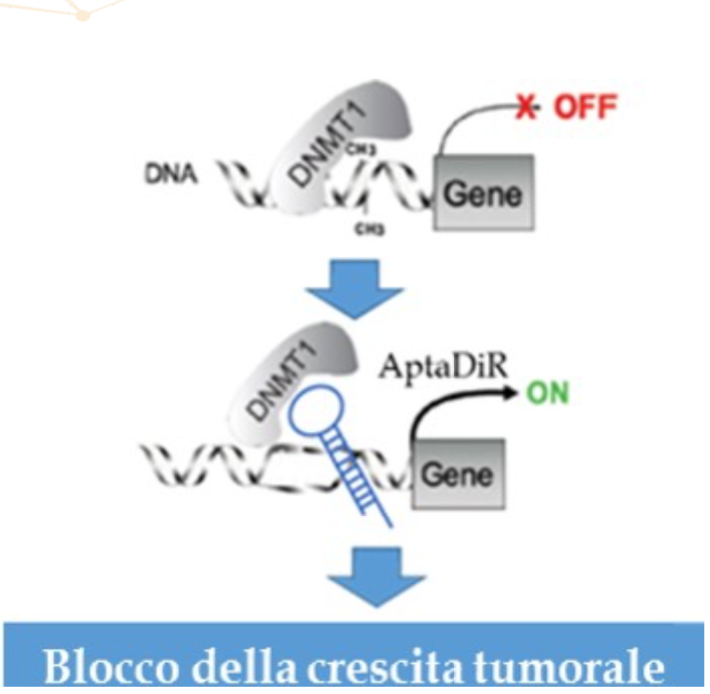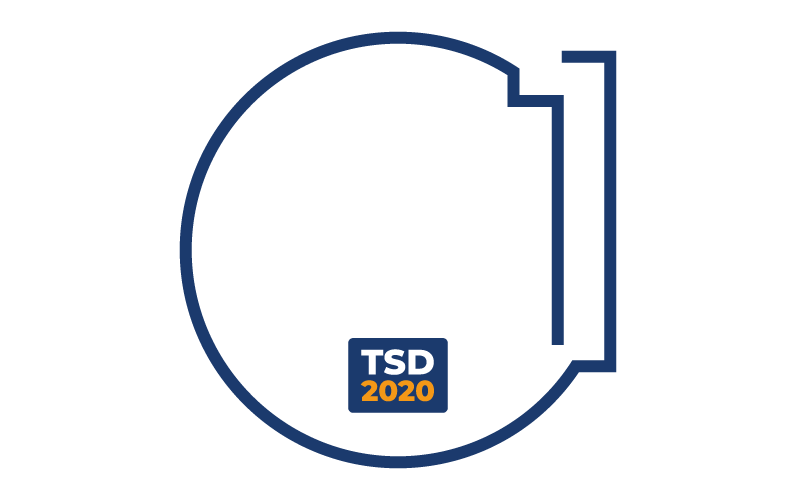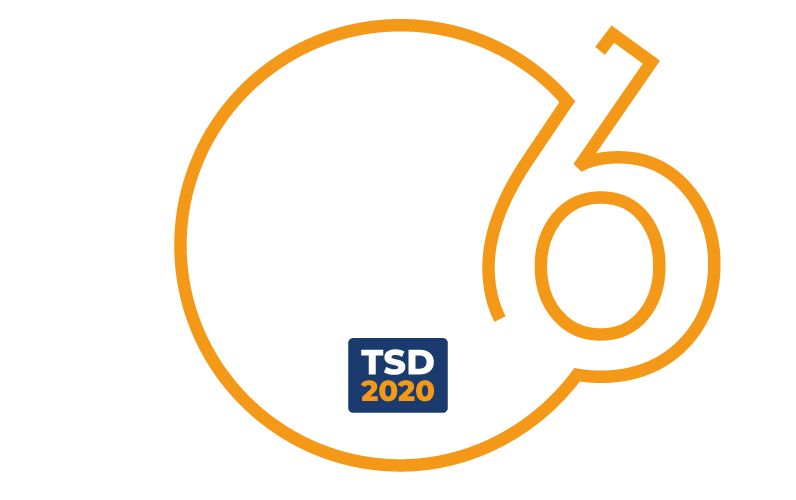Market
The global cancer therapeutics market size was valued at $98 billion in 2018 and is estimated to reach at $180 billion by 2026, registering a CAGR of 7.7%.
The global epigenetics drugs and diagnostic technologies market size was valued at $5.24 billion in 2017.
DNA methylation dominated the epigenetics market: Global Market estimated to Reach $8.88 Billion by 2030 with a GAGR of 13%
Drivers:
Global Increase in Cancer Prevalence
Increasing Government Funding for Healthcare. Major players: DNA methylation market is mainly dominated by several diagnostic majors, such as Exact Sciences Corporation, Illumina, Inc., QIAGEN N.V., and Thermo Fisher Scientific Inc., which offer a wide variety of diagnostics and research-based products for the detection of DNA methylation.
The Drugs market is consolidated with few players such as Celgene Corporation, Otsuka America, Inc. patent owners), Merck & Co., Inc., Novartis AG.
Target Audience:
Research institutes
Physicians and surgeons
Hospital



















